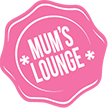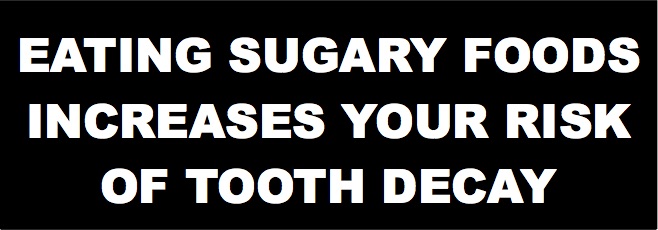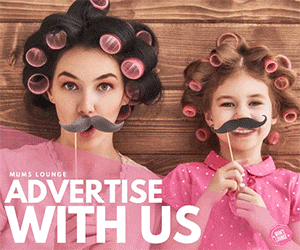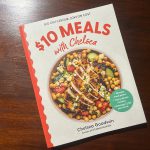Should Junk Food Carry Graphic Health Warnings Like Cigarette Packets?
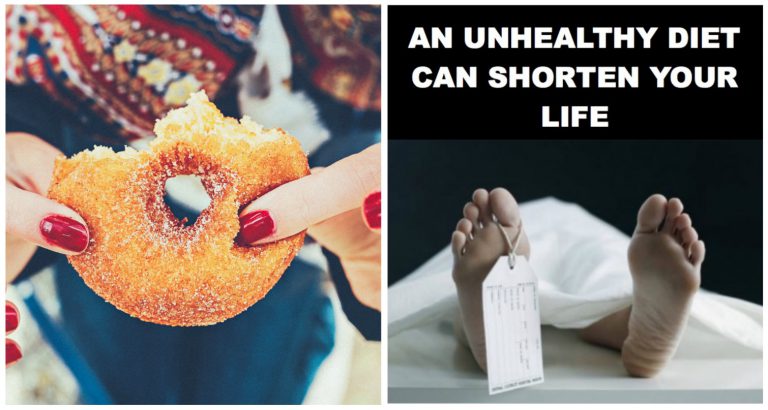
Should Junk Food Carry Graphic Health Warnings Like Cigarette Packets?
We’re all guilty of indulging ourselves in a little treat food now and again, aren’t we? Everything in moderation, right?
Unfortunately Australia is experiencing rising rates of obesity and the associated chronic diseases suggesting that some of us may be overdoing it when it comes to ‘sometimes’ food. New research carried out by the University of Melbourne and the Cancer Council Victoria suggests that graphic warnings on junk food would prove an effective deterrent to consumers when deciding what to eat – and it appears the more graphic and negative the better.
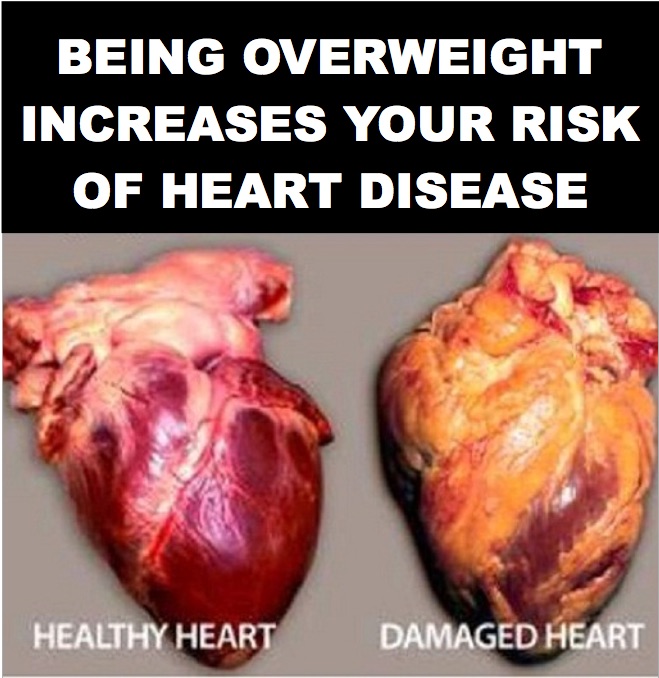
The study involved 95 hungry participants who were shown colour pictures of 50 different snack foods ranging from chips, chocolate bars and biscuits to nuts, fruits and vegetables and asked to rate on a scale how much they’d like to eat each food at the end of the experiment. The participants were then shown a number of different health warnings and asked to rate a similar set of 50 back foods.
Perhaps, not surprisingly, the research (which is published in the journals NeuroImage: Clinical and Appetite, found that the negative text combined with images was twice as effective at changing people’s choices than messages that had text-only content or those with images combined with positive text.
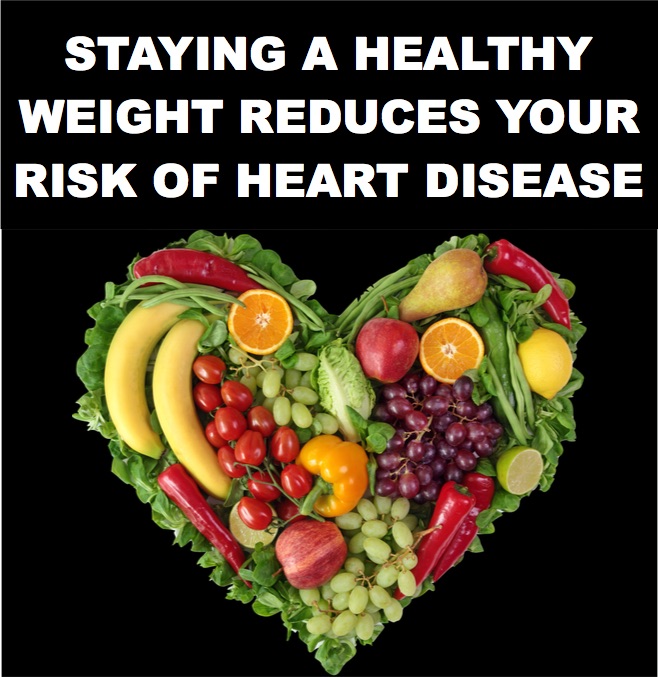
During the study, the participants brain activity was monitored with electrodes attached to their heads. This showed that the warning labels actually prompted participants to exercise more self-control rather than act on impulse.
University of Melbourne researcher and study co-author Stefan Bode said “The study shows that if you want to stop people choosing fatty and sugary packaged foods, health warnings actually work.”
Helen Dixon, Cancer Council Victoria’s behavioural researcher and study co-author said the project has helped to identify which types of health messages are most effective at prompting healthier food choices.
“Strong cues, like anticipated taste, tend to work on us in a more unconscious way, and therefore health messages need to disrupt thesis more impulsive, hedonistic response to foods and make people consciously consider the health implications of their choices,” Dr Dixon said.
So what do you think? Is this a step in the right direction? Do you think this will help to educate our children on how to make healthier food choices?
